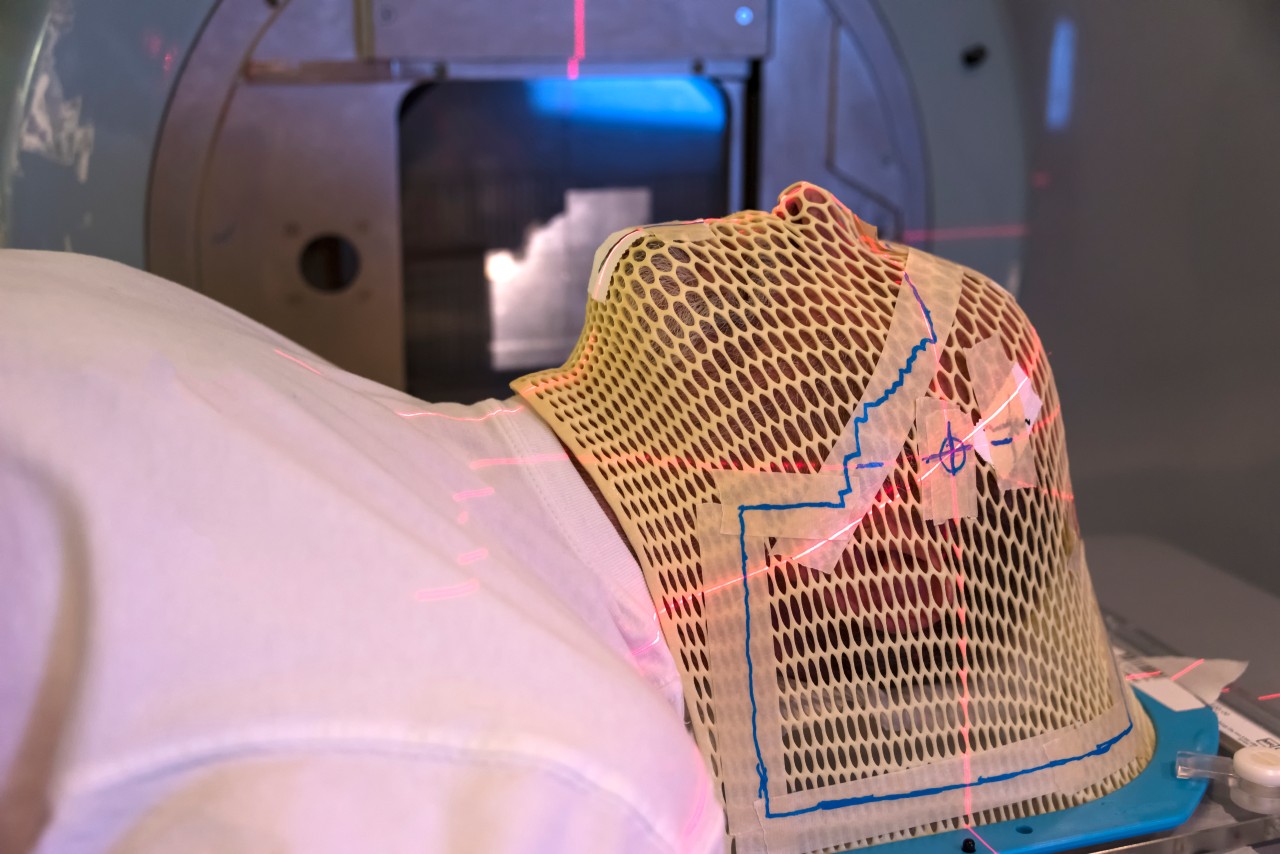
Heat management of a x-ray source for microbeam radiotherapy and FLASH treatments
Microbeam and x-ray FLASH radiation therapy are innovative concepts that promise reduced normal tissue toxicity in radiation oncology without compromising tumor control. However, currently only large third-generation synchrotrons deliver acceptable x-ray beam qualities and there is a need for compact, hospital-based radiation sources to facilitate clinical translation of these novel treatment strategies. We are currently setting up the first prototype of a line-focus x-ray tube (LFxT), a promising technology that may deliver ultra-high dose rates (UHDRs) of more than 100 Gy/s from a table-top source. The operation of the source in the heat capacity limit allows very high dose rates with micrometer-sized focal spot widths. Here, we investigate concepts of effective heat management for the LFxT, a prerequisite for the performance of the source. For different focal spot widths, we investigated the temperature increase numerically with Monte Carlo simulations and finite element analysis (FEA). We benchmarked the temperature and thermal stresses at the focal spot against a commercial x-ray tube with similar power characteristics. We assessed thermal loads at the vacuum chamber housing caused by scattering electrons in Monte Carlo simulations and FEA. Further, we discuss active cooling strategies and present a design of the rotating target.
Conventional focal spot widths led to a temperature increase dominated by heat conduction, while very narrow focal spots led to a temperature increase dominated by the heat capacity of the target material. Due to operation in the heat capacity limit, the temperature increase at the focal spot was lower than for the investigated commercial x-ray tube. Hence, the thermal stress at the focal spot of the LFxT was considered uncritical. The target shaft and the vacuum chamber housing require active cooling to withstand the high heat loads.The heat capacity limit allows very high power densities at the focal spot of the LFxT and thus facilitates very high dose rates. Numerical simulations demonstrated that the heat load imparted by scattering electrons requires active cooling.
Read more details in the published article.